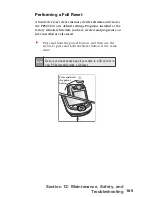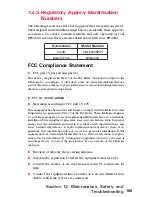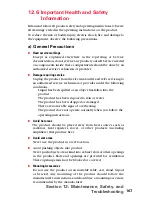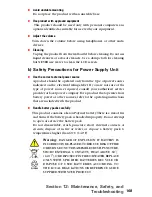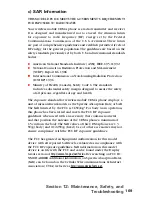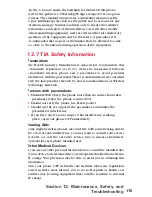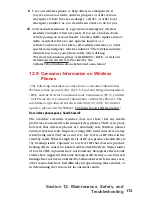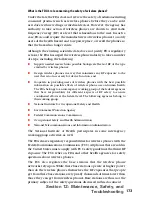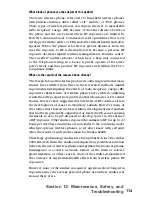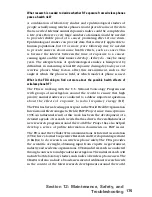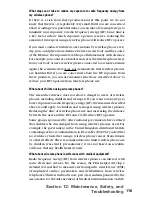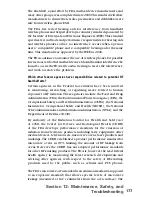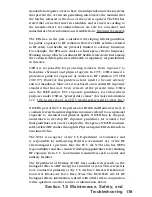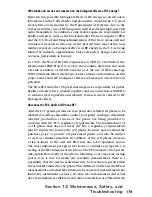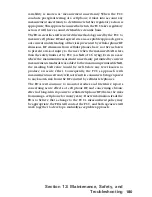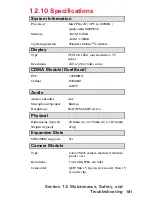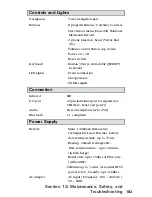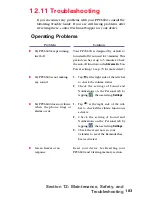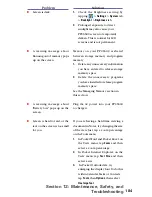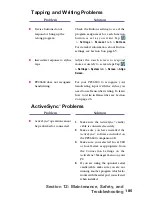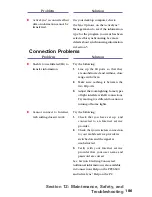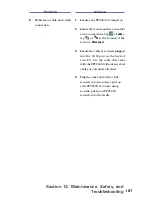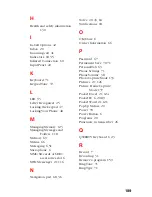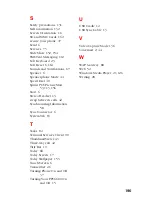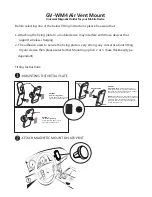
179
Section 12: Maintenance, Safety, and
Troubleshooting
Who funds and carries out research on the biological effects of RF energy?
Research into possible biological effects of RF energy is carried out in
laboratories in the United States and around the world. In the U.S., most
research has been funded by the Department of Defense, due to the
extensive military use of RF equipment such as radar and high-powered
radio transmitters. In addition, some federal agencies responsible for
health and safety, such as the Environmental Protection Agency (EPA)
and the U.S. Food and Drug Administration (FDA), have sponsored and
conducted research in this area. At the present time, most of the non-
military research on biological effects of RF energy in the U.S. is being
funded by industry organizations. More research is being carried out
overseas, particularly in Europe.
In 1996, the World Health Organization (WHO) established the
International EMF Project to review the scientific literature, and work
towards resolution of health concerns over the use of RF technology.
WHO maintains a Web site that provides extensive information on this
project and about RF biological effects and research (www.who.ch/
peh-emf).
The FDA, EPA and other US government agencies responsible for public
health and safety have worked together and in connection with WHO
to monitor developments and identify research needs related to RF
biological effects.
How does the FCC Audit Cell Phone RF?
After the FCC grants permission for a particular cellular telephone to be
marketed, it will occasionally conduct “post-grant” testing to determine
whether production versions of the phone are being produced to
conform with the FCC regulatory requirements. The manufacturer of
a cell phone that does not meet the FCC’s regulatory requirements
may be required to remove the cell phone from use and to refund the
purchase price or provide a replacement phone, and may be subject
to civil or criminal penalties. In addition, if the cell phone presents
a risk of injury to the user, the FDA may also take regulatory action.
The most important post-grant test, from a consumer’s perspective, is
testing of the RF emissions of the phone. The FCC measures the Specific
Absorption Rate (SAR) of the phone, following a very rigorous testing
protocol. As is true for nearly any scientific measurement, there is a
possibility that the test measurement may be less than or greater than
the actual RF emitted by the phone. This difference between the RF test
measurement and actual RF emission is because test measurements are
limited by instrument accuracy, because test measurement and actual
use environments are different, and other variable factors. This inherent
Содержание PCS Vision
Страница 1: ...One Sprint Many Solutions SM Sprint PCS Vision Smart Device PPC6600 User s Guide ...
Страница 67: ...Section 6 Personalizing Your PPC6600 In This Section 6 1 Device Settings 6 2 Phone Settings ...
Страница 79: ...Section 7 Using Microsoft Pocket Outlook In This Section 7 1 Calendar 7 2 Contacts 7 3 Tasks 7 4 Notes ...
Страница 135: ...Section 11 Using Camera and Album In This Section 11 1 Camera 11 2 Album 11 3 Managing Sprint PCS Picture Mail SM ...

